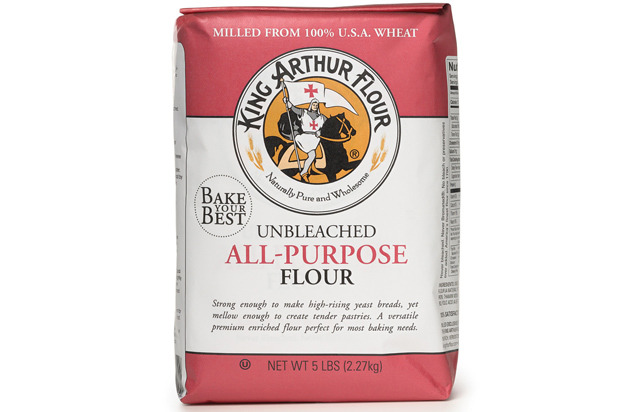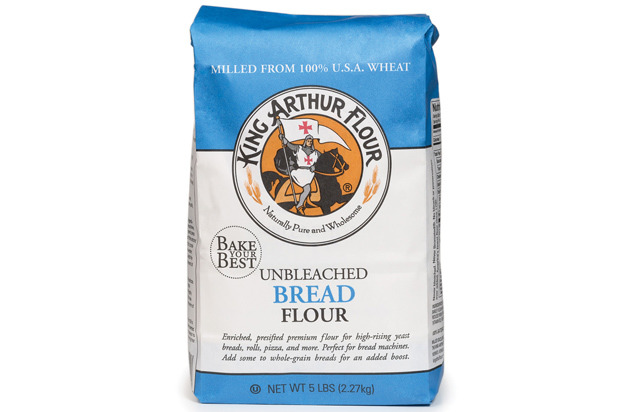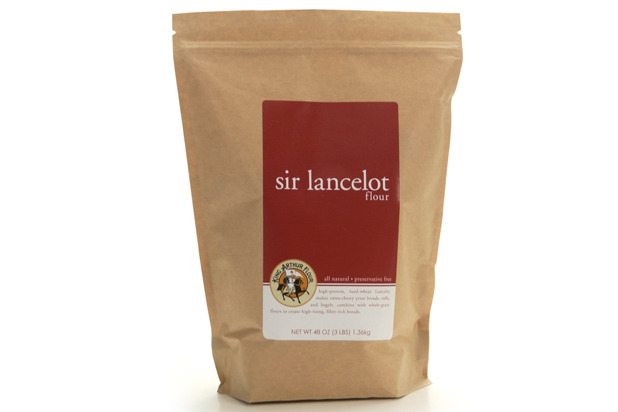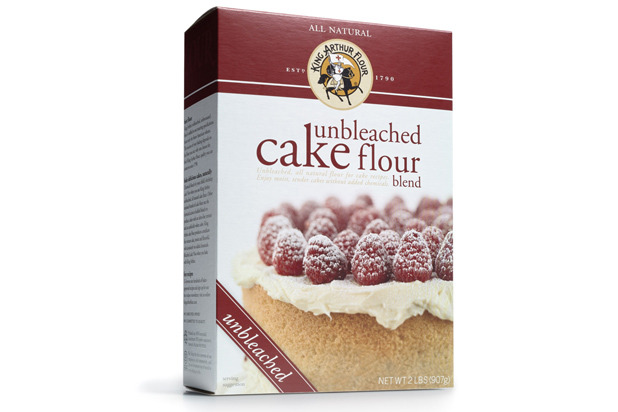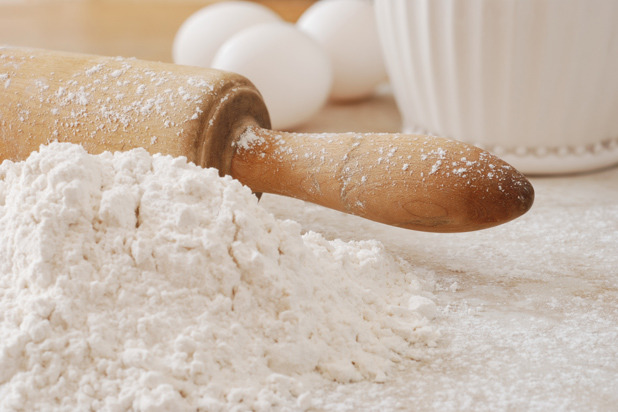Everything You Need To Know About Flour Slideshow
All-purpose flour is made from a combination of soft winter wheat and hard winter wheat, making it an optimal choice for all kinds of baking. One thing to consider, though, when using all-purpose is whether you want to use bleached or unbleached. Some bakers don't notice a discernible difference in their finished baked goods, while others claim that bleached flour results in better volume, tenderness, and even flavor. One common misperception is that because bleached flour is whiter, it is somehow purer. Since such chemicals as benzoyl peroxide and chlorine gas are used to bleach it, though, "pure" might not be the word. (Potassium bromate and/or ascorbic acid are also sometimes added to counteract the gluten-weakening properties of chlorine gas.) Additives can change the level of flour proteins, which is why some folks say they yield tenderer baked goods. These chemicals are not thought to be a health risk, although some will argue this point. While all these things are important to consider, a good tip is to use whichever kind of flour is called for in a particular recipe.
Bleached vs. Unbleached, Continued
A great choice for bleached flours is Gold Medal All-Purpose. Used by many recipe developers, it contains around 10.5 percent protein, and is a great choice for popular baked goods like cakes, cookies, brownies, and pie crusts. For unbleached, we like King Arthur. It has 11.7 percent protein content and can be used for everything from cakes and cookies to piecrusts and pizza dough. They also offer an organic version that contains 11.8 percent protein.
Bread Flours
Bread flour is preferred for yeast breads, pizza dough, rolls, and focaccia. It has a higher protein count than other flours, making it preferable when working with yeast. This is because yeast produces carbon dioxide gas that helps bread rise, but it is also gives the bread the structural support from gluten to hold its volume. King Arthur Unbleached Bread Flour with 12.7 percent protein is a good choice for bread flour.
High-Gluten Flour
High-gluten flour is like super-charged bread flour, so it's also very good for yeast baking. Because it has a much higher level of protein, at 14.2 percent, it's perfect for making extra-chewy baked goods like bagels or artisan-style breads.
Cake Flour
Cake flour is typically bleached, although unbleached versions can be found. It has the lowest protein content, therefore making it appropriate for light and fluffy baked goods such as cakes, muffins, and biscuits.
Pastry Flour
This is a middle-ground flour with a protein content that usually falls between those of cake flour and all-purpose flour. Many bakers like it for piecrust. You can simulate it yourself by combining all-purpose and cake flours in equal quantities.

